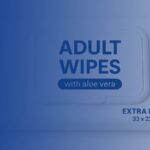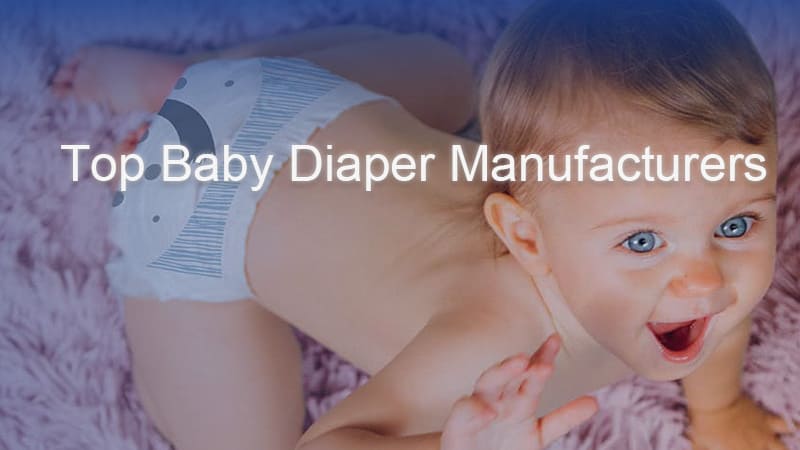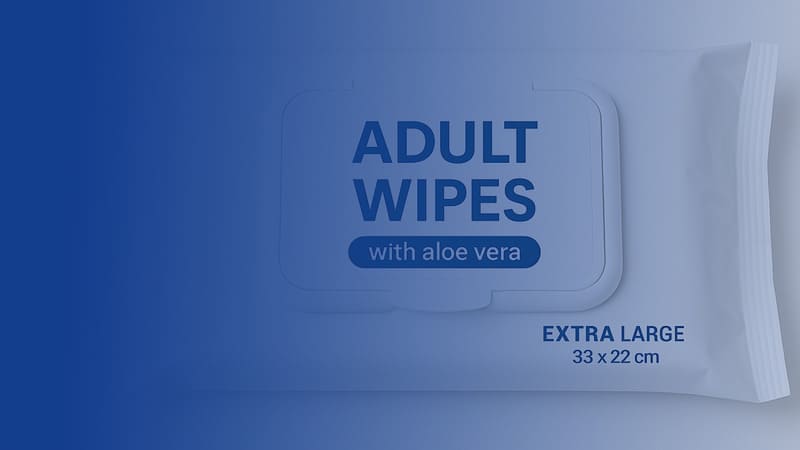
What Is the Difference Between GD4 and IWSFG Standard Flushable Wipes?
March 26, 2025
Top 5 Adult Wipes Manufacturers
September 12, 2025When it comes to launching a baby wipes brand, regulatory compliance is not just a formality—it's a legal requirement and a vital trust signal for parents. Baby wipes are applied to a baby’s delicate skin, so governments enforce strict safety, labeling, and manufacturing standards. In this blog, we’ll break down everything you need to know about Regulatory Compliance for Baby Wipes, based on your target markets.
🧼 Why Regulatory Compliance Matters
Baby wipes fall under different categories depending on their formulation and claims:
-
Cosmetic products – Most water-based baby wipes for cleaning skin.
-
Medical devices – If the wipes claim to treat or prevent skin conditions (e.g., diaper rash).
-
Biocidal products – If they include disinfectants or claim antibacterial properties.
Each classification has its own regulatory path. Failing to comply can result in product recalls, fines, or even bans from selling in certain markets.
🌍 1. EU Compliance – Cosmetic Regulation (EC) No 1223/2009
If your baby wipes are sold in Europe and are considered cosmetics (e.g., cleansing wipes for skin), you must:
✅ Product Information File (PIF)
You must compile and maintain a PIF, including:
-
Full ingredient list with INCI names
-
Safety assessment by a qualified toxicologist
-
Microbiological and stability test reports
-
GMP (Good Manufacturing Practice) documentation
-
Label with warnings and usage instructions
✅ CPNP Notification
All cosmetic products must be registered on the CPNP (Cosmetic Products Notification Portal) before being sold.
✅ Claims Substantiation
Any claims like “hypoallergenic,” “gentle on skin,” or “fragrance-free” must be backed by data (e.g., clinical tests or dermatological evaluations).
🇺🇸 2. USA Compliance – FDA & FTC Guidelines (Expanded)
In the United States, baby wipes are regulated based on their intended use. If your product is marketed purely for cleansing the skin, it is typically considered a cosmetic. However, if your product claims to kill bacteria or treat diaper rash, it may be classified as an OTC drug or medical device, which requires a different and more rigorous approval process.
✨ A. Cosmetic Baby Wipes (Most Common Case)
These are wipes used for cleaning a baby’s skin, especially during diaper changes. Compliance requirements include:
Ingredient Safety
-
Only ingredients recognized as safe for cosmetic use may be included.
-
Avoid restricted or banned substances listed by the FDA, such as mercury compounds or formaldehyde releasers.
Labeling Requirements (21 CFR 701)
-
Product identity (e.g., “Baby Cleansing Wipes”)
-
Net contents in US and metric units
-
Ingredient list in INCI format
-
Manufacturer/distributor name and address
-
Directions and warnings if applicable
Claims Oversight
-
You cannot imply therapeutic benefit unless registered as a drug.
-
Claims like “hypoallergenic,” “dermatologist-tested,” or “biodegradable” must be substantiated.
GMP Compliance
-
While cosmetic registration isn’t mandatory, following GMP is essential. The FDA can inspect and issue warning letters for non-compliance.
✨ B. If Your Wipes Are Drugs (OTC) or Antibacterial
If you make claims like:
-
“Kills 99.9% of bacteria”
-
“Disinfecting wipes for baby hands”
-
“Treats/prevents diaper rash”
Then your wipes are classified as Over-The-Counter (OTC) drugs, and you must:
-
Register the facility with the FDA Drug Establishment Registration
-
List under appropriate FDA monograph
-
Include a Drug Facts panel
-
Conduct clinical testing to prove efficacy and safety
These requirements significantly increase time and cost.
🇬🇧 3. UK Compliance – UK Cosmetics Regulation (Expanded)
After Brexit, the United Kingdom established its own cosmetic regulation framework, largely mirroring the EU Regulation (EC) No 1223/2009 but with key differences.
✨ A. Classification as Cosmetic
Baby wipes in the UK are classified as cosmetic products if their primary function is cleansing and they don’t carry medicinal claims.
✨ B. UK Responsible Person (UK RP)
Before placing a product on the UK market, you must appoint a UK Responsible Person (RP). This person or entity is legally accountable for:
-
Ensuring compliance with regulations
-
Maintaining the Product Information File (PIF)
-
Handling safety and recall processes
If you are outside the UK, your importer or compliance firm can serve as the RP.
✨ C. SCPN Notification
Products must be registered through the Submit Cosmetic Product Notification (SCPN) portal before sale in Great Britain (England, Scotland, Wales). Required details:
-
Product name and type
-
RP contact
-
INCI ingredients with percentages
-
Product function and label images
Note: Northern Ireland still follows EU CPNP rules.
✨ D. Packaging and Labeling Requirements
UK labels must include:
-
Product name and function
-
Ingredient list (INCI)
-
Batch number
-
Manufacturer/RP’s name and UK address
-
Net contents
-
Expiry date or Period After Opening (PAO)
-
Warnings and usage instructions
✨ E. Claims and Testing
Claims must be:
-
Truthful and not misleading
-
Supported by data (e.g., RIPT for "hypoallergenic")
-
Environmental claims like “biodegradable” may require third-party certification (e.g., OK Compost)
🌐 4. Asia-Pacific & Middle East Compliance (Brief Overview)
ASEAN Countries (e.g., Malaysia, Indonesia, Thailand)
-
Follow the ASEAN Cosmetic Directive
-
Notify the Ministry of Health
-
Appoint local Responsible Person or importer
GCC Countries (e.g., UAE, Saudi Arabia)
-
Register with GSO or local authorities
-
Arabic labeling often mandatory
-
Pre-approval needed for marketing and claims
🔍 Testing and Documentation Checklist
-
Dermatological safety test
-
Patch test (HRIPT or RIPT)
-
Microbial limit test (TPC, yeast/mold)
-
Preservative efficacy test (Challenge Test)
-
Stability testing (under varied temp/humidity)
-
Document GMP compliance
✅ Best Practices for Staying Compliant
-
Partner with an experienced OEM manufacturer certified with ISO 22716, ISO 13485, or FDA GMP
-
Use a regulatory consultant when selling in multiple markets
-
Update your PIF and labels with every formula or packaging change
📅 Conclusion
Bringing baby wipes to market is not just about packaging and price—regulatory compliance ensures safety, trust, and long-term brand reputation. Investing in proper testing, documentation, and regulatory processes protects your business and ensures that babies everywhere receive the safe care they deserve.
Looking for a compliant OEM baby wipes manufacturer? Contact us today—we help brands meet all regulatory requirements from formula to packaging.
Wet Wipes Categories:
Packing Type:
Have a Question?
If you got any questions, please do not hesitate to send us a message. We reply within 8 hours !





